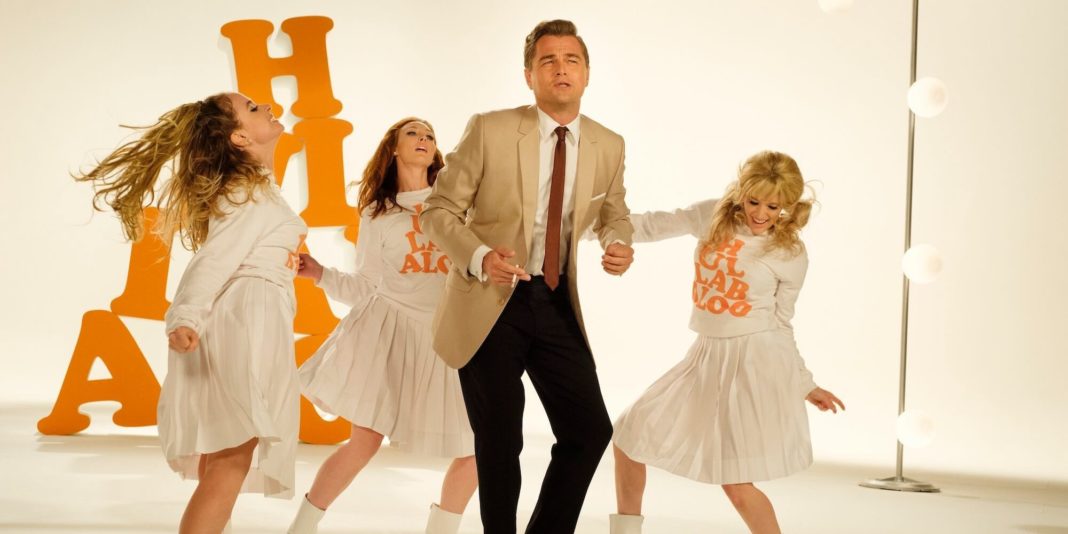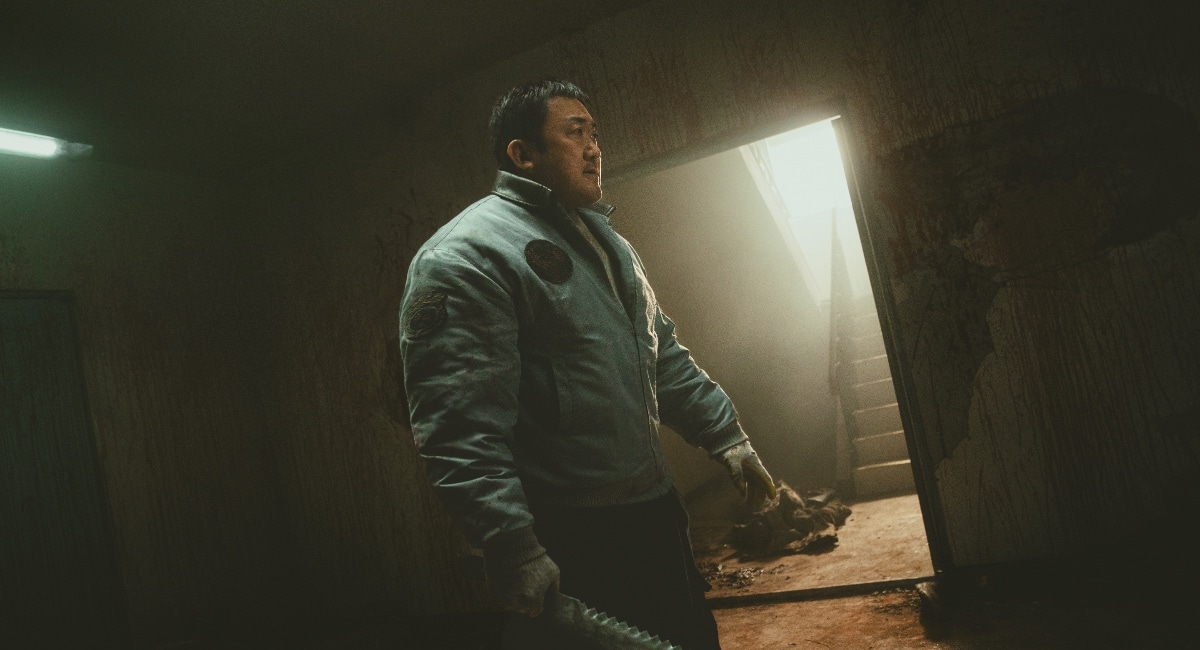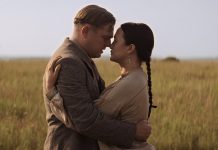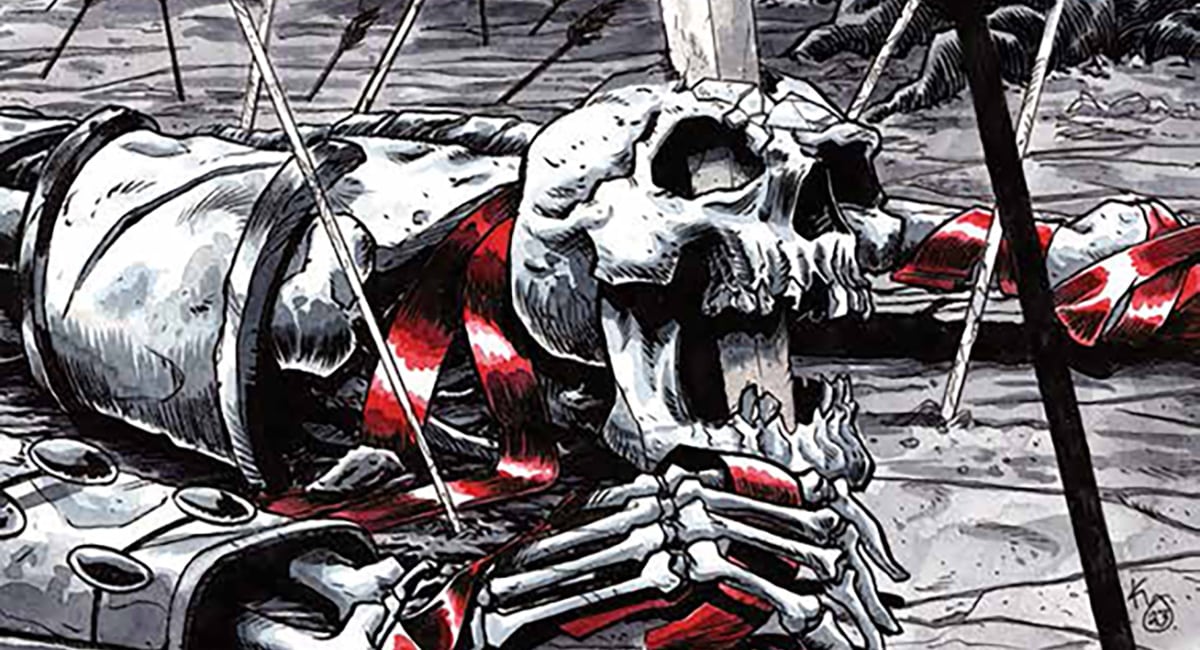When you look back on it, it seems like it was all leading to this.
When Freddy Newandyke first gets handed script pages for his undercover operation and has to perform them like a monologue for his superior in Reservoir Dogs, it set off a chain reaction. This reaction found Quentin Tarantino delving deeper in the blurred line between performance and what we deem to be “reality,” or at least reality as it appears on the big screen. But the idea takes further root in his masterpiece Inglorious Basterds, with multiple rehearsed bits of subterfuge and overarching presence on all things thespian and film making. The Hateful Eight, the next evolution of that theme, is a literal piece of immersive theater – sure, it’s driven by a band of murderers, it’s theater all the same – with its hero trio as unwitting and unwilling audience members. That Tarantino would dive head-first into a film that pulls his oft-present subtext to the forefront is really no surprise at all.
Tarantino turns his attention to the year 1969, which is basically considered the beginning of the New Hollywood era – the age of Easy Rider and Midnight Cowboy. He crafts a film that centers on fictional actor Rick Dalton (Leonardo DiCaprio), a man torn between the old days of Tinseltown where he was a headlining presence of a mega-popular western television series, and the emerging auteur-driven class of films. The only starring roles Dalton can get are in Italian “spaghetti” westerns, a perceived fall from grace. He’s a bit of an amalgamation of Steve McQueen and Burt Reynolds, but as the running time ticks on, he plays not only a Tarantino stand-in role (a celebrity known for explicit violence, including a film famous for butchering Nazis, who has grown aimless in his craft), but also some reflection for DiCaprio as well: a leading man who finds his best work is done as a character actor. Dalton realizes this about himself in one of Once Upon A Time…In Hollywood’s best sequences. That he’s also remarkably funny in the role should be no surprise, as this is The Wolf of Wall Street DiCaprio roaring back at us after a brief hiatus.
He’s joined on this late career odyssey by his stunt-double Cliff Booth (Brad Pitt), who no longer works full-time on set and is now basically Dalton’s driver and go-fer. He still dreams of being able to step back into the heat of the action, whipping his car around Mulholland Dr. and daydreaming about taking on Bruce Lee on the set of The Green Hornet. This is just as much Booth’s story as it is Dalton’s. Booth carves out a meager existence, acting as Dalton’s companion through all of his ups and downs and tirades (as beautiful a picture of friendship as this filmmaker has ever forged, frankly). In his clumsy sort of way, he’s the hero of this story, as much as someone with his dark and heinous past could be. Though neither gentleman necessarily are the sole drivers of direction, inspiration and overall movement of the piece. Instead, they both serve as active observers to history as it forms around them.
The rub: Dalton is next door neighbors with Roman Polanski and Sharon Tate (Margot Robbie). Throughout Once Upon A Time, the lead duo cross paths with Tate in mere glimpses – but regardless, she is an ever-present force. While Tarantino is angling for an essay wistful for the sense of singular shared viewing experience, the film is also a loving tribute to Tate, both in terms of her all-too brief rising stardom but also her own personal radiance. Tate is an almost ethereal presence throughout, joyful and filled with wonderment at everything that occurs around her. At a party early on, the viewers’ eyes are drawn to her like a magnet. While some of that is simply a consequence of filmmaker intention, Robbie is captivating in a role that requires very little speech but a lot of physicality, while shadowed by a sense of ominous dread for what’s to come.
You’ll note little discussion of the film’s plot itself here, or how these two threads dovetail. And that’s purposeful, as Once Upon A Time…In Hollywood is a surprisingly formless film much of the time. Rather than playing to the traditionally theatrical act structure, Tarantino instead just lets characters wonder in and out of the film’s story. There’s an almost slice of life element at play dependent upon the scene. For example, Tate only has about 20 minutes of screen-time, while a not insignificant amount of time is spent with Dalton struggling with lines on set and getting to know his colleagues. It’s also surprisingly sparse, with so little of the knowing, long-winded (though often beautifully written) back and forth dialogue passages that have marked his filmography since its inception. Instead, some of that is replaced with re-enactments, humorously inserting DiCaprio into films like The Great Escape and television shows like The F.B.I. But some of it is instead luxuriating in the sights of the city with Booth as he drives through Hollywood, running errands and flirting with young women. This is Tarantino, arguably at his most indulgent in spurts, while also playing at his sparsest.
The final denouement hits a confused mark, aiming for catharsis but instead butting up against cliche, marring things just a tad. There’s some thematic unity at play, particularly where Booth is concerned, yet it’s hard to not feel like we’ve done all this before, multiple times, throughout this blood-splattered filmography. It also lends the question of which murderers can garner our sympathy in Tarantino’s world (hint: it’s the one that looks like a swaggering, bare-chested cowboy). Despite the nature of the arguments the filmmaker might be putting forth regarding youth culture and the nostalgic tendencies that permeate throughout, there are at least any arguments at all. Frankly, it’s the closest look at his current day id that he’s committed to celluloid.
Once Upon A Time…In Hollywood is, no doubt, a shaggy dog of a picture. While I’m not sure it totally earns its full 2 hours and 45 minutes of running time, it’s a fascinating, personal venture. Not my favorite of his work by a comfortable margin, but one that could grow in estimation upon revisit. And, I’ll leave you with this; it also allows Tarantino’s knack for genres to manifest in surprising places, giving way to a better grasp of horror than many modern day practitioners. Fearing for a Brad Pitt character’s life is a rare feeling indeed, but that’s the sort of ride you’re in for.









“Rather than playing to the traditionally theatrical act structure, Tarantino instead just lets characters wonder in and out of the film’s story. There’s an almost slice of life element at play dependent upon the scene.”
So this is Tarantino’s Robert Altman movie?
Comments are closed.